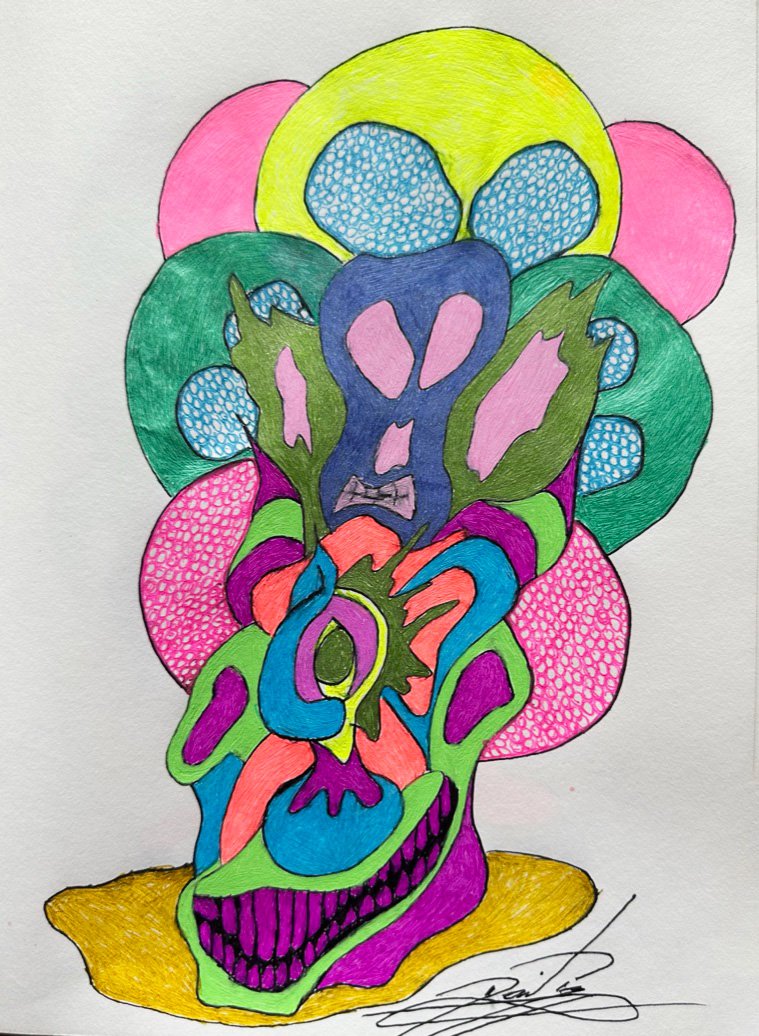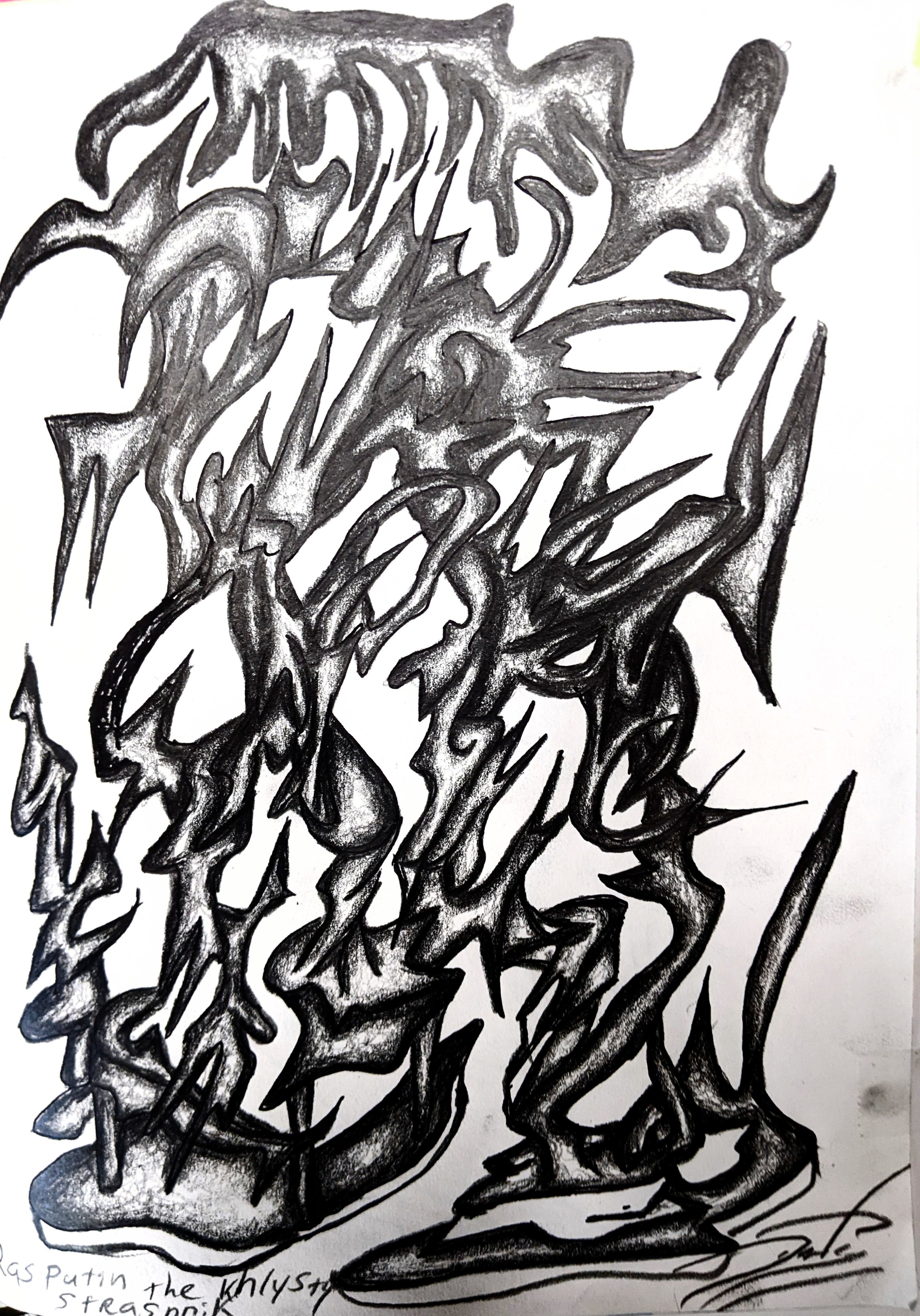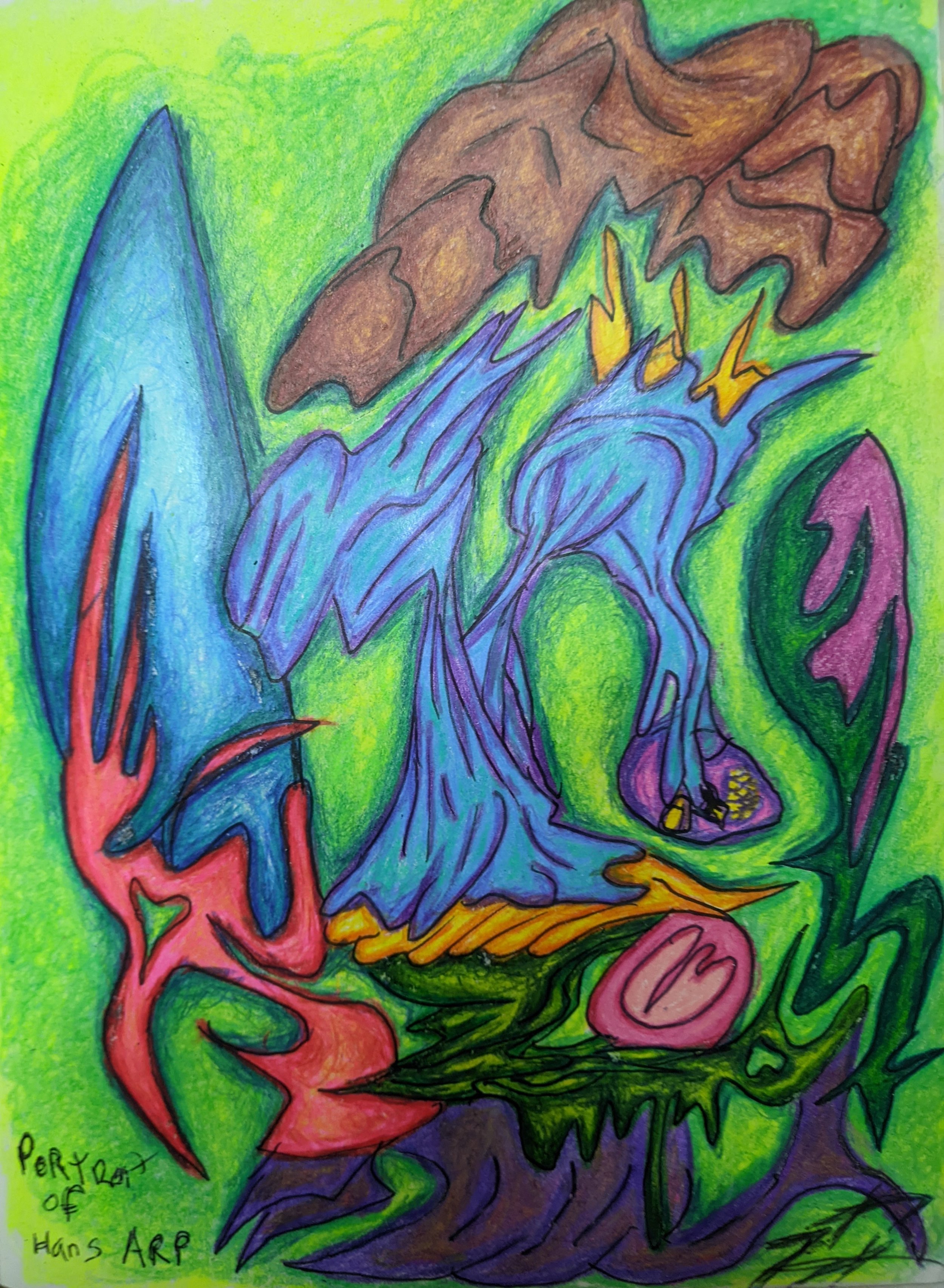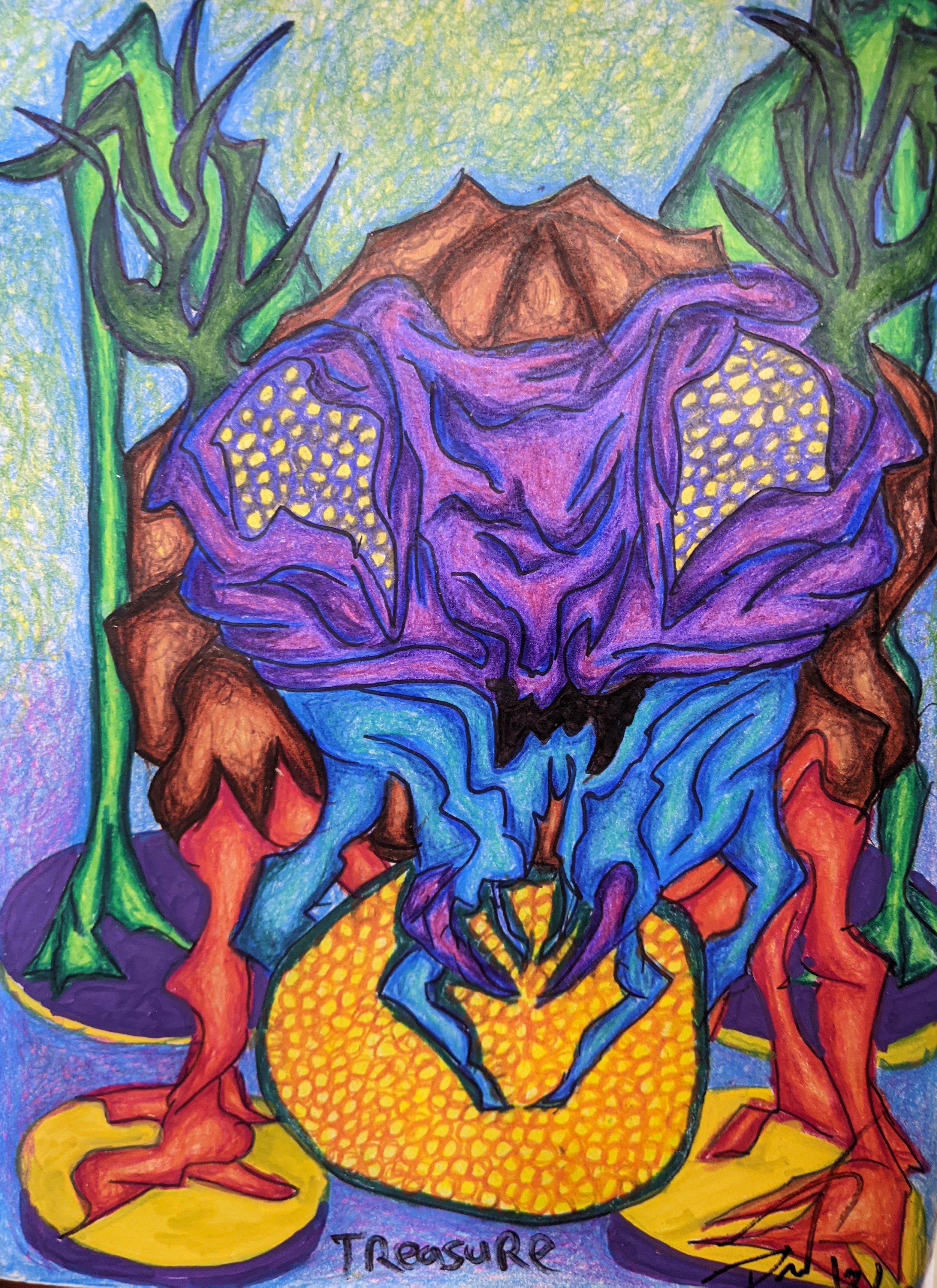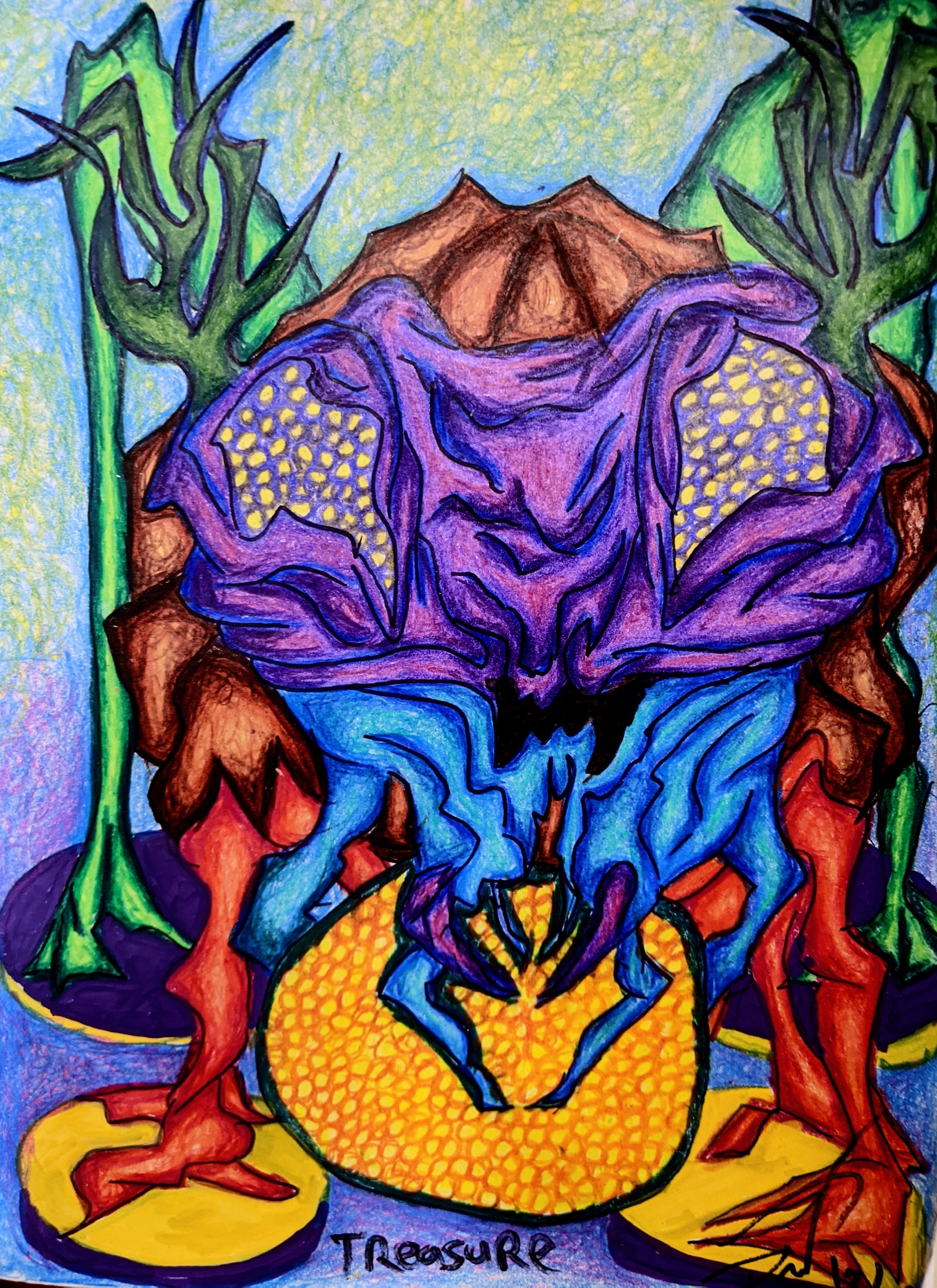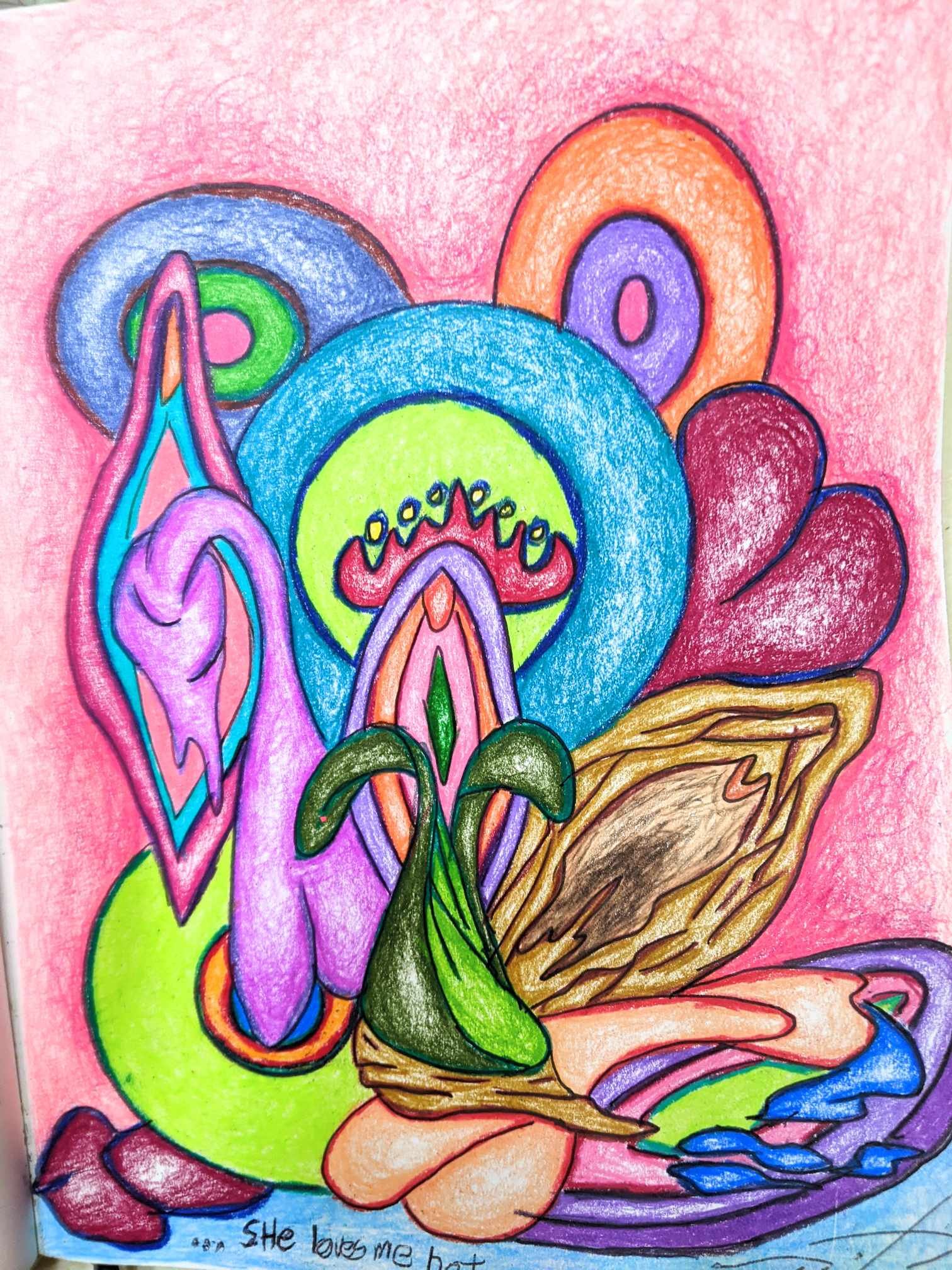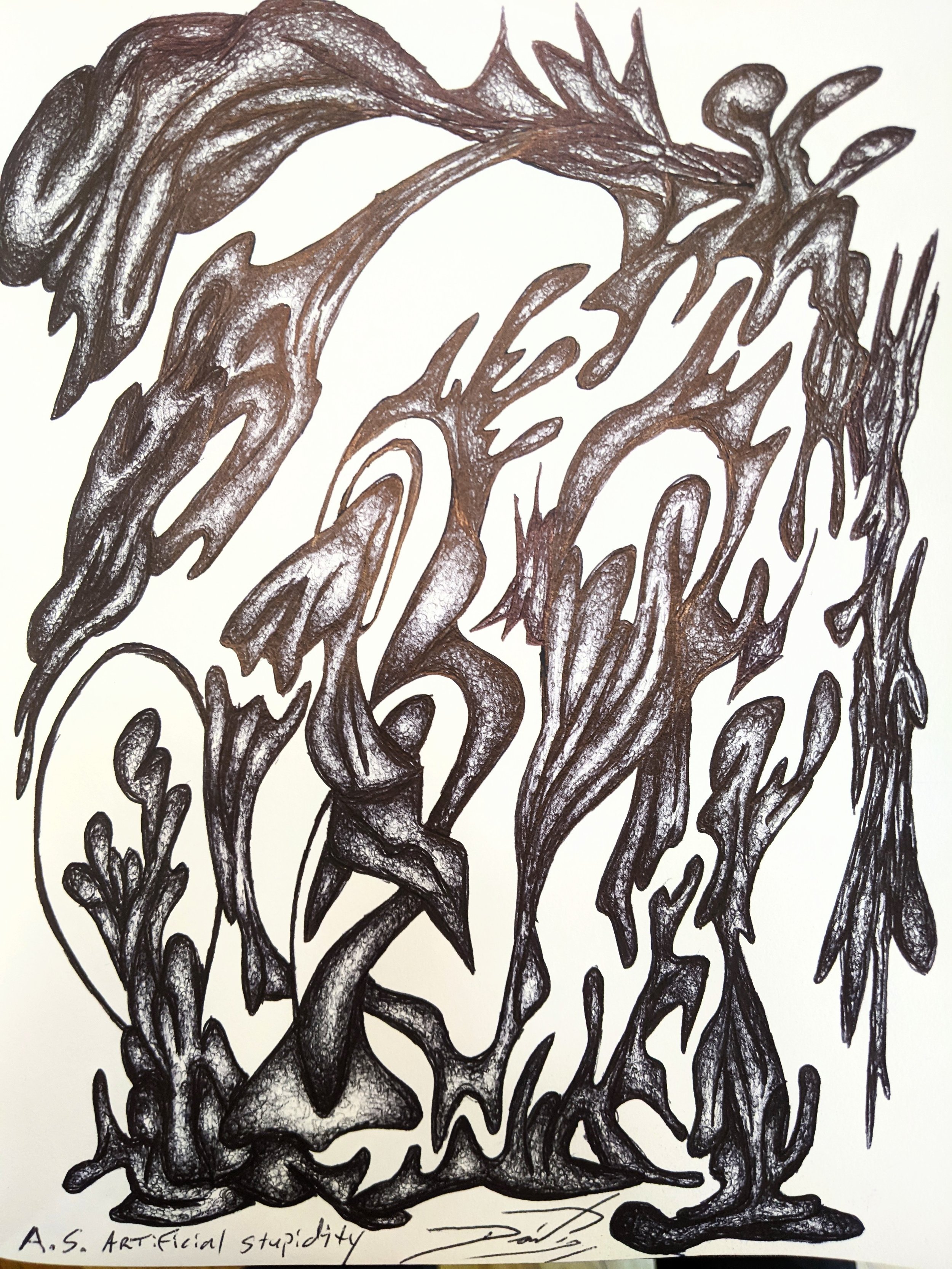 Image 1 of
Image 1 of


AS - Artificial Stupidity
Drawing on paper. Ink. 8.5 × 11 inches. 2023
This piece humorously critiques the concept of artificial intelligence by turning its perceived sophistication into a chaotic dance of exaggerated organic forms. The title, "Artificial Stupidity," immediately sets a satirical tone, inviting the viewer to reflect on humanity’s over-reliance on technology and the imperfections inherent in systems designed to mimic intelligence.
Drawing on paper. Ink. 8.5 × 11 inches. 2023
This piece humorously critiques the concept of artificial intelligence by turning its perceived sophistication into a chaotic dance of exaggerated organic forms. The title, "Artificial Stupidity," immediately sets a satirical tone, inviting the viewer to reflect on humanity’s over-reliance on technology and the imperfections inherent in systems designed to mimic intelligence.
Drawing on paper. Ink. 8.5 × 11 inches. 2023
This piece humorously critiques the concept of artificial intelligence by turning its perceived sophistication into a chaotic dance of exaggerated organic forms. The title, "Artificial Stupidity," immediately sets a satirical tone, inviting the viewer to reflect on humanity’s over-reliance on technology and the imperfections inherent in systems designed to mimic intelligence.
The forms within the composition resemble distorted, almost humanoid figures, caught in awkward, fluid motions. These shapes feel as though they are trying to achieve coherence but fall short, symbolizing the gaps and limitations of machine intelligence. The exaggerated swirls and elongated structures evoke a sense of overstretching, as if the "intelligence" is attempting to reach a level of understanding that it cannot grasp.
Rendered in monochrome, the piece's stark contrasts emphasize the binary nature of artificial systems—black and white, yes and no, zeroes and ones. Yet, the swirling chaos of the forms suggests that such binaries often fail to capture the complexity of human thought, creativity, and error. The lack of symmetry or discernible structure mirrors the unpredictable, sometimes nonsensical outcomes that emerge from automated systems trying to interpret the human world.
This artwork, with its blend of humor and critique, challenges viewers to consider how much we project human qualities onto artificial constructs and whether our creations might reflect our own absurdities more than we realize. It’s a reminder that intelligence—natural or artificial—is as much about imperfection as it is about insight.
